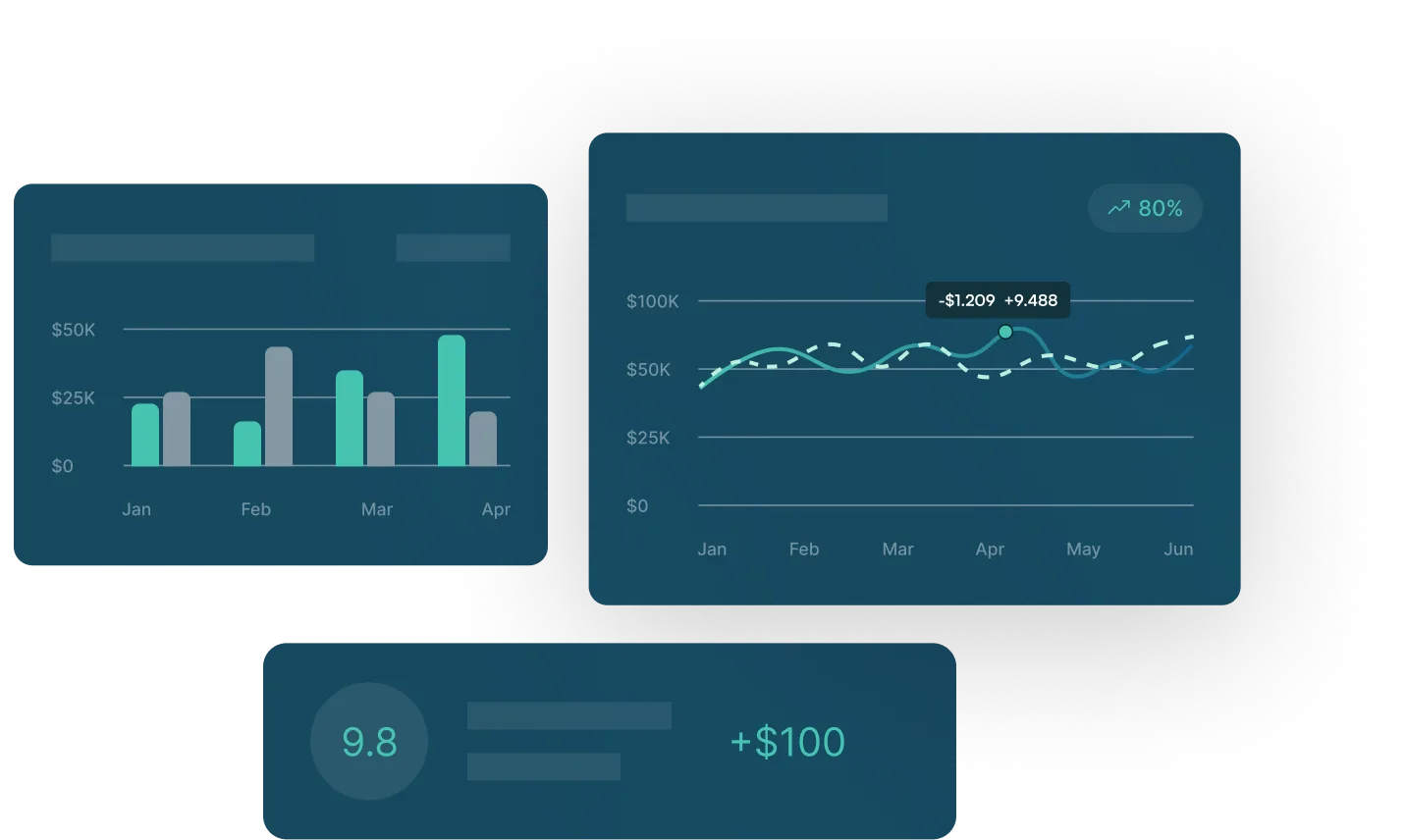Identifying Hedgeable FX Exposures: Accounting & Economic Risks


At GTreasury, we are frequently asked to help identify “hedgeable” cash flow exposures under ASC 815 for our clients.
Sometimes, there is an accounting exposure but no economic exposure and vice versa. The best hedges protect both the economics as well as the accounting.
Knowing what qualifies for special hedge accounting is fairly straight forward, but there are a few nuances that can complicate the identification of a qualifying item. The basic rule of thumb for a qualifying cash flow hedge exposure under ASC 815 is an anticipated probable non-functional currency transaction with a third party or backed by a third party transaction (see Proxy Hedging). This includes anticipated foreign-denominated sales or expenses.
Common Economic, Hedgeable Exposures
Common hedgeable exposures consist of third party foreign-denominated transactions, such as anticipated sales or expenses, inventory purchases, or foreign lease agreements. As long as the transaction is probable to occur (or an existing non-financial liability) and is denominated in a currency other than the functional currency, it would meet these criteria.
Proxy Hedging Economic, Un-hedgeable Exposures
Frequently, the foreign anticipated sale or operating expenses creating exposures are denominated in the local currency of an entity. Think sales and expenses denominated in EUR at a EUR functional French subsidiary. These are real economic exposures to the U.S. parent, but those EUR sales and costs of a EUR functional entity do not qualify for special hedge accounting.
Although it is a source of frustration for companies that have local currency functional subsidiaries, some companies are still able to hedge a portion of this risk through a proxy hedge strategy.
For example, if inventory is sold from the U.S. parent or the USD functional European headquarters to the EUR functional subsidiary in the subsidiary’s currency, then the parent could use that inter-company sale as a proxy for the actual sale in France. If either USD functional entity sold the inventory to the EUR subsidiary in USD, then the local entity could hedge the non-functional costs. Local operating expenses in a local functional subsidiary often do not qualify but, depending on the inter-company relationship outlined by transfer price agreements with the parent, they too may qualify as a proxy-hedge.
Uneconomic, Hedgeable Exposures
Some exposures qualify for hedge accounting but pose little or no economic risk to the company.
For example, let’s say the French subsidiary was selling its products in USD. The dollars are not a risk for the consolidated company but do qualify for special hedge accounting at the subsidiary level. Hedging those future dollars into foreign currency is generally an un-economic hedge strategy. By doing so, the company may be increasing its exposure to the EUR.
Another proxy hedge scenario would lead the parent company to globally quantify any net EUR expenses and hedge the anticipated USD revenues in a period as a proxy for EUR expenses in the period (the trade for both the economic and entity risk is the same: sell USD, buy EUR). Under some circumstances, it may be advantageous to lock in the foreign value of a USD sale, such as when product margin percent is more important than the nominal value of the USD cash flow.
Accounting Risk That Seems to Qualify (But Really Doesn’t)
Here is where more nuances come in. Let’s say the company has a French subsidiary and the subsidiary is reimbursed for its local costs, plus a transfer price of 100% of costs, plus an additional profit margin. This is called a cost-plus arrangement. The “cost” qualifies for special hedge accounting because it’s backed by real third party expenses. The “plus” is pure transfer pricing, in that it is just moving profits from one jurisdiction to another with no third party transactions backing it. That piece of the inter-company transaction would not qualify for special hedge accounting.
Another example is the profit margin on an inter-company sale of equipment. The actual cost of the equipment would qualify if denominated in a foreign currency, but the margin piece of the transaction would not. Again, certain facts and circumstances can change this scenario for better or worse, so it’s important to fully review a hedging strategy and the related accounting before execution.
Uneconomic & Un-hedgeable Exposures
The last category we’ll review is the un-hedgeable and uneconomic exposures you may want to hedge. The exposure may just be an accounting translation frustration.
Deferred revenue held on the balance sheet falls into this category. Deferred revenue is locked in the functional currency of the entity at the point of recording. For a U.S. company booking the liability, the foreign deferred value is now completely known in USD terms. However, if USD deferred revenue – or any other currency for that matter – was recorded on EUR functional books, the deferred revenue will be translated from EUR into USD for consolidation at all the various rates existing when the value reclasses to income.
Conclusion
While basic cash flow exposures are not too difficult to identify, there can be nuances to them that make hedges either uneconomic or contain un-hedgeable aspects. Fully understanding both the economics and the available accounting treatment is always recommended before hedging any currency risk.
Identifying Hedgeable FX Exposures: Accounting & Economic Risks
At GTreasury, we are frequently asked to help identify “hedgeable” cash flow exposures under ASC 815 for our clients.
Sometimes, there is an accounting exposure but no economic exposure and vice versa. The best hedges protect both the economics as well as the accounting.
Knowing what qualifies for special hedge accounting is fairly straight forward, but there are a few nuances that can complicate the identification of a qualifying item. The basic rule of thumb for a qualifying cash flow hedge exposure under ASC 815 is an anticipated probable non-functional currency transaction with a third party or backed by a third party transaction (see Proxy Hedging). This includes anticipated foreign-denominated sales or expenses.
Common Economic, Hedgeable Exposures
Common hedgeable exposures consist of third party foreign-denominated transactions, such as anticipated sales or expenses, inventory purchases, or foreign lease agreements. As long as the transaction is probable to occur (or an existing non-financial liability) and is denominated in a currency other than the functional currency, it would meet these criteria.
Proxy Hedging Economic, Un-hedgeable Exposures
Frequently, the foreign anticipated sale or operating expenses creating exposures are denominated in the local currency of an entity. Think sales and expenses denominated in EUR at a EUR functional French subsidiary. These are real economic exposures to the U.S. parent, but those EUR sales and costs of a EUR functional entity do not qualify for special hedge accounting.
Although it is a source of frustration for companies that have local currency functional subsidiaries, some companies are still able to hedge a portion of this risk through a proxy hedge strategy.
For example, if inventory is sold from the U.S. parent or the USD functional European headquarters to the EUR functional subsidiary in the subsidiary’s currency, then the parent could use that inter-company sale as a proxy for the actual sale in France. If either USD functional entity sold the inventory to the EUR subsidiary in USD, then the local entity could hedge the non-functional costs. Local operating expenses in a local functional subsidiary often do not qualify but, depending on the inter-company relationship outlined by transfer price agreements with the parent, they too may qualify as a proxy-hedge.
Uneconomic, Hedgeable Exposures
Some exposures qualify for hedge accounting but pose little or no economic risk to the company.
For example, let’s say the French subsidiary was selling its products in USD. The dollars are not a risk for the consolidated company but do qualify for special hedge accounting at the subsidiary level. Hedging those future dollars into foreign currency is generally an un-economic hedge strategy. By doing so, the company may be increasing its exposure to the EUR.
Another proxy hedge scenario would lead the parent company to globally quantify any net EUR expenses and hedge the anticipated USD revenues in a period as a proxy for EUR expenses in the period (the trade for both the economic and entity risk is the same: sell USD, buy EUR). Under some circumstances, it may be advantageous to lock in the foreign value of a USD sale, such as when product margin percent is more important than the nominal value of the USD cash flow.
Accounting Risk That Seems to Qualify (But Really Doesn’t)
Here is where more nuances come in. Let’s say the company has a French subsidiary and the subsidiary is reimbursed for its local costs, plus a transfer price of 100% of costs, plus an additional profit margin. This is called a cost-plus arrangement. The “cost” qualifies for special hedge accounting because it’s backed by real third party expenses. The “plus” is pure transfer pricing, in that it is just moving profits from one jurisdiction to another with no third party transactions backing it. That piece of the inter-company transaction would not qualify for special hedge accounting.
Another example is the profit margin on an inter-company sale of equipment. The actual cost of the equipment would qualify if denominated in a foreign currency, but the margin piece of the transaction would not. Again, certain facts and circumstances can change this scenario for better or worse, so it’s important to fully review a hedging strategy and the related accounting before execution.
Uneconomic & Un-hedgeable Exposures
The last category we’ll review is the un-hedgeable and uneconomic exposures you may want to hedge. The exposure may just be an accounting translation frustration.
Deferred revenue held on the balance sheet falls into this category. Deferred revenue is locked in the functional currency of the entity at the point of recording. For a U.S. company booking the liability, the foreign deferred value is now completely known in USD terms. However, if USD deferred revenue – or any other currency for that matter – was recorded on EUR functional books, the deferred revenue will be translated from EUR into USD for consolidation at all the various rates existing when the value reclasses to income.
Conclusion
While basic cash flow exposures are not too difficult to identify, there can be nuances to them that make hedges either uneconomic or contain un-hedgeable aspects. Fully understanding both the economics and the available accounting treatment is always recommended before hedging any currency risk.

See GTreasury in Action
Get connected with supportive experts, comprehensive solutions, and untapped possibility today.






























.png)





.png)
.png)







.png)












.jpeg)

.jpeg)


.jpeg)







.jpeg)

.jpeg)




.jpeg)


.jpeg)

.jpeg)








.jpeg)



.jpg)





.jpg)

.jpg)





